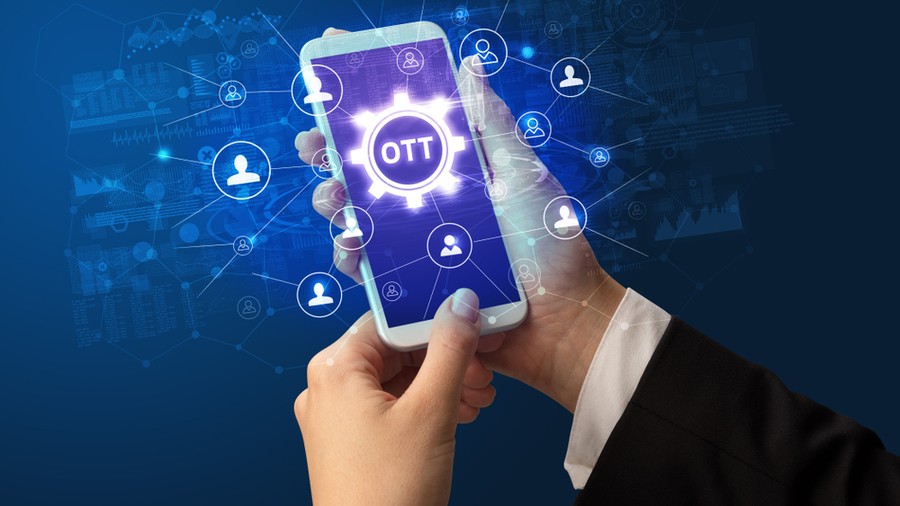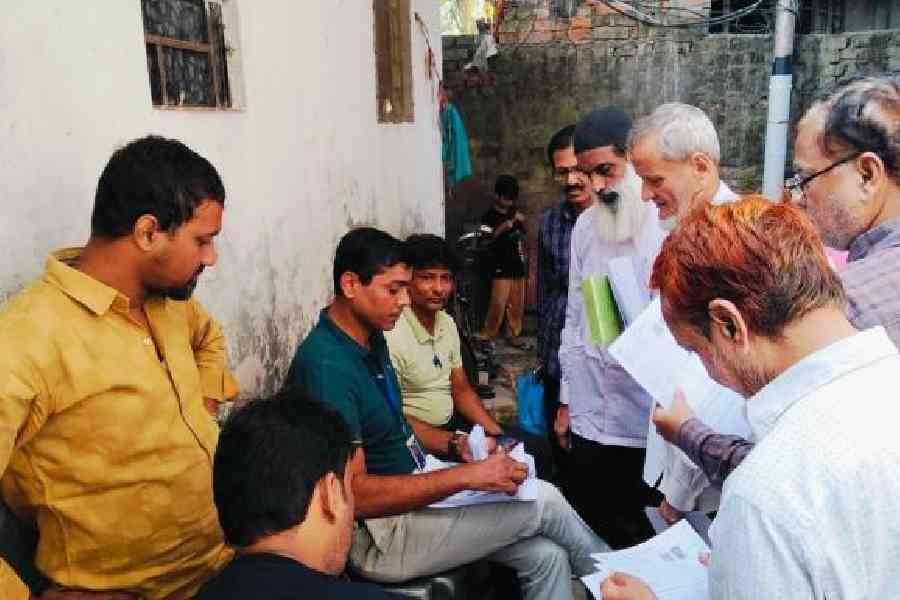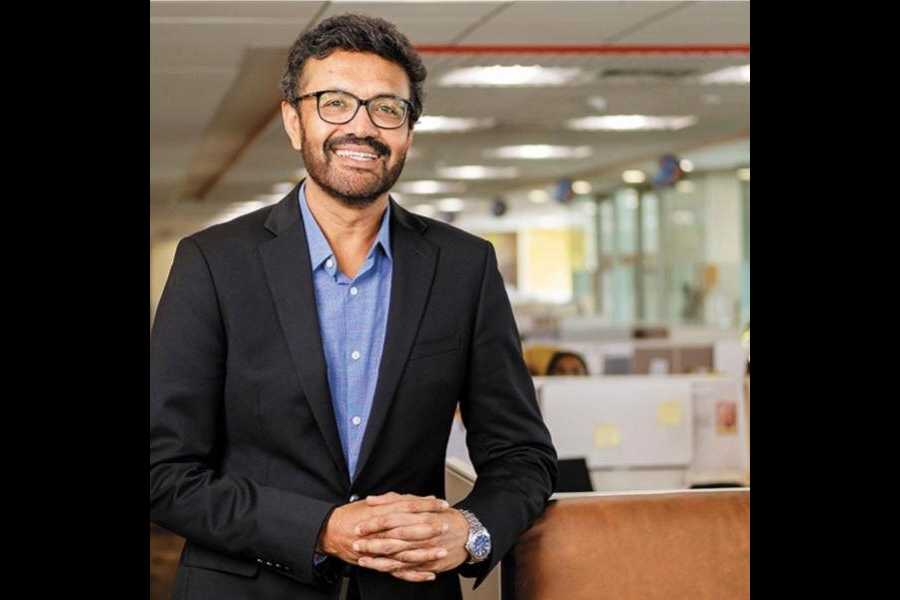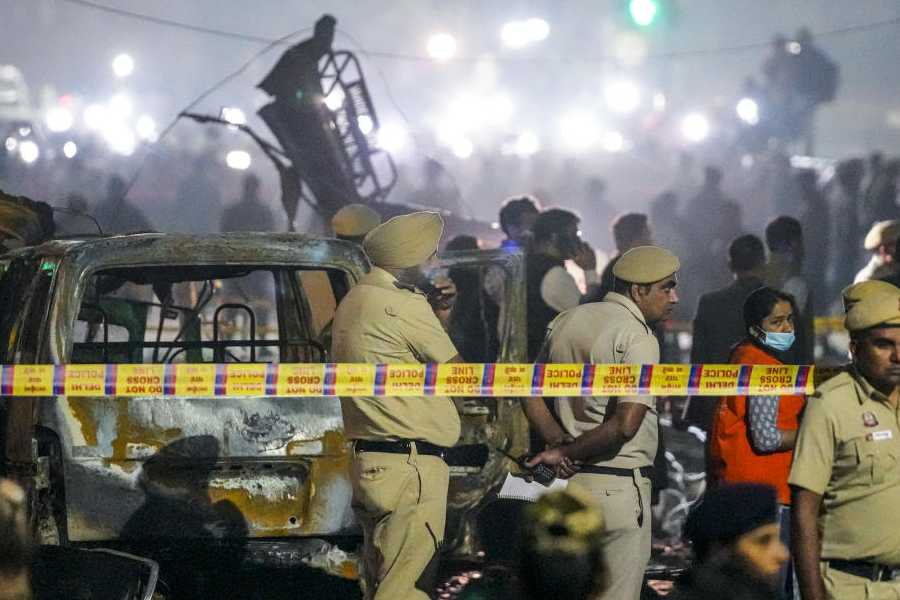Just as this story was being wrapped up, a cryptic gazette notification by the Government of India brought all content streaming on OTT platforms under the purview of the ministry of information and broadcasting and, therefore, subject to review and refereeing. The move could have far-reaching implications for OTT platforms and content creators. It could curb creativity, prompt self-censorship, and bring biased value judgement to what is henceforth permissible and what is not, and curb viewer choice. The high-stakes industry has, unsurprisingly, been cautious to react, and will probably take time to come to grips with what it means to be swept under a governmental regime.
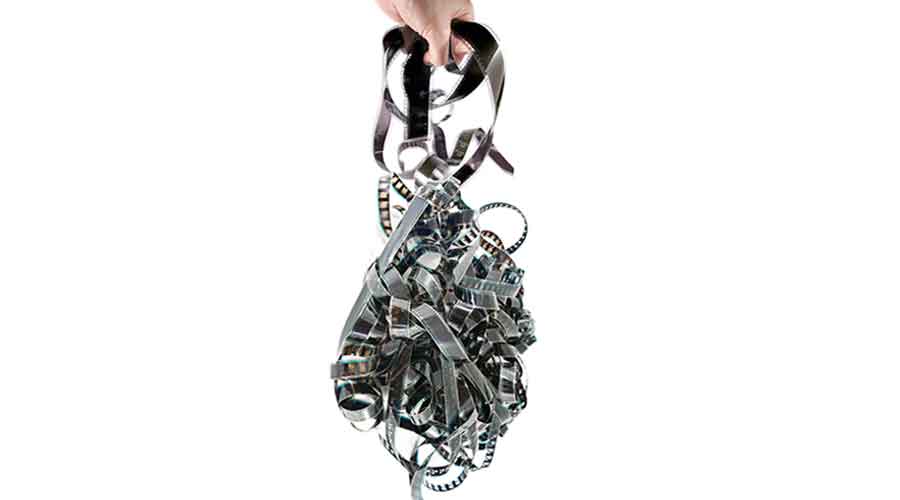
When the lockdown began in March, Prankur Johri, a data analytics professional based in Delhi, had a lone Netflix subscription. He shared it with three other friends. At Rs 799 per month, it was the most expensive plan for an OTT platform in India, but he barely managed to watch the complete season of even a single Web series in a month.
Eight months on, much has changed. Johri, who has been working from home all through, has shifted to the family home in Allahabad to save on rent. A pay cut has necessitated the trimming of personal expenses. But one tab that has kept growing is the one marked “OTT subscription”.
An over-the-top or OTT media service is the streaming media service offered to viewers via the Internet. First, Johri purchased an Amazon Fire Stick. Plugged in, it transforms a television into a smart TV with access to a bouquet of OTT platforms — Netflix, Amazon Prime Video, Disney+Hotstar, Zee5... While there is no monthly cost incurred, many of the apps and channels available on the Fire Stick require subscriptions. At the moment Johri has subscriptions to six platforms in all. The 29-year-old talks about how his father watches Kaun Banega Crorepati and The Kapil Sharma Show every night using the Fire Stick. His mother, who had never been aware of Pakistani serials, is now hooked to them. And the father-son duo watched the IPL matches on Hotstar every evening the last two months. Since March, Johri has spent more than Rs 11,000 on OTT subscriptions and subscription-related purchases.
For the longest time in India, movie-going was the grandest form of entertainment. But the last five to six years things started to change. Walks, stand-up comedy acts, live gigs, travelling ballets, cook-offs, paintball. The movie experience was of course even more elaborate and multiplexified — tubs of popcorn in 10 flavours, nachos with dips, luxury recliners, silver and gold tickets… Then came the pandemic, and poof — overnight all of it disappeared.
In good old Hindi film style, the hero — in this case entertainment — was reborn. And this time in an OTT parivar. Movies — Serious Men, Shakuntala Devi, The Old Guard, Enola Holmes, the Amitabh Bachchan-starrer Gulabo Sitabo and even Sushant Singh Rajput’s last film Dil Bechara — were released on OTT platforms. There were OTT originals too such as Holidate (American rom-com), Denting Kematian (Indonesian horror), The SpongeBob Movie (for kids), Raat Akeli Hai (Hindi thriller). Then there is more than one Web series — The Man In The High Castle (historical), The Queen’s Gambit (drama), Fleabag (tragi-comedy), Scam 1992: The Harshad Mehta Story (biopic), Too Hot To Handle (reality show).
Audio OTT platforms — Jio Saavn, YouTube Music, Spotify, etc. — also witnessed a
42 per cent increase in time spent on them in the first week of lockdown. “On Hungama Music (audio OTT platform), we launched the virtual version of our original property, Hungama Music Room, which features renowned musicians delivering acoustic performances while talking about their lives and careers,” says Siddhartha Roy, COO,
Hungama Digital Media. Since March, Shaan, Udit and Aditya Narayan, Salim-Sulaiman and many more have appeared on the show. Hungama also launched Hungama Artist Aloud, which features a popular artiste performing live every day and there was a digital concert too featuring Akshay Kumar, Kapil Sharma, Shaan, Swanand Kirkire and so on.
When OTT platforms debuted in India in 2008 with BigFlix, it was a limited experience. It was free but the library was small. In 2010, came nexGTv, India’s first OTT mobile app. It provided access to live TV and downloaded content.
In 2011, BigFlix announced a monthly subscription of Rs 250, but there were not enough takers. In 2013, nexGTv gained popularity; IPL matches were live-streamed on it. SonyLIV entered the competition the same year. A lot of people downloaded the app to catch up with episodes of TV serials they had missed on the Sony channels. And then it became the official mobile and Internet broadcaster for all Fifa World Cup matches.
It was only in 2020 that the platform started offering original content. Sometime in 2016, Netflix entered India and Amazon Prime Video was also launched. Also came along Balaji Telefilms-owned ALTBalaji, Viacom 18-owned Voot, Eros Now, Disney+ Hotstar, TVF, Arre, MX Player. Post-2017 there was a rise in players specialising in regional content — Hoichoi (Bengali), Manorama Max (Malayalam), Aha Video (Telugu) and Simply South (Tamil, Telugu, Malayalam). Planet Marathi is to be launched soon.
Netflix and Amazon Prime Video, both American companies, started investing heavily in local original content. In 2019, Hotstar, which is owned by Star India, invested Rs 120 crore in generating original content.
No matter what the platform, originals became the flavour of the season. Part of the distinctiveness of the indigenous OTT content is that it ventures into areas mainstream barely ever acknowledged. So there is a Panchayat that looks in on rural India, streaming as it were through the consciousness of a city boy posted there. Then there is Chaman Bahar, Rasbhari and Selection Day that depict small-town lives. There are gory, gritty crime thrillers such as Mirzapur, The Family Man, Aarya and sheer nostalgia in the form of Taj Mahal 1989 and Yeh Meri Family. From the scamsters in Jamtara to the wedding planners in Made In Heaven, there is something for everybody.
Apratim Chatterjee, who acted in the steaming series on Hoichoi, Dupur Thakurpo, makes the point that many new talents like himself arrived on these platforms to a rousing reception such as would have been unlikely on traditional ones.
Even though the three members of the Johri household prefer watching different things, something like Fauda (an Israeli series on the their defence forces) or Special Ops (an Indian spy thriller) keeps them glued to the screen together.
Apart from the content, audiences across ages are exulting in freedom from the tyranny of television time slots. Add to this the novelty of the intuitive navigation — the previews, the trending-nows, the recently-addeds. The mails in the inbox with subject lines such as “Top suggestions for...” or “We’ve just added a film you might like” or simply “Enjoying
My Christmas Inn”. Says Johri, “It’s a democracy in there.” Add to that dialogue, and free choice, and engagement.
Once it became clear which way the audience was headed, electronics companies tweaked associated gadgetry — HD monitors, TV sets with USB ports, remote controls with Netflix and YouTube buttons. No more stuttering Internet, telecom companies offered silken connections tied up with OTT platforms. Free subscriptions to the streaming services with postpaid and broadband plans followed. Soon users started to opt for OTT plus telecom bundled services.
All this was happening when the coronavirus appeared.
Nachiket Pantvaidya, who is CEO of ALTBalaji, agrees that “the lockdown has acted as a catalyst in transforming the content consumption habits of the audience, converting fence-sitters to subscribers and making existing subscribers interact more frequently with the platform”. He says, “One of the major trends we’ve seen is that 60 per cent of our consumers would come from the tier 1 cities, and 40 per cent from tier 2 and 3 cities in the months preceding the lockdown. Today statistics show that 65 per cent of the consumers are from tier 2 and tier 3 towns and cities.”
Anindo Banerjee, content head at Hoichoi, tells The Telegraph, “The time it would have normally taken us to get here — which would have been another four to five years — has come down to now.” Just like every OTT platform, Hoichoi too had problems producing new content at first. But then they started to innovate. Banerjee talks about the series Case Jaundice, a farcical take on the coronavirus, with ten 10-minute episodes. “The actors shot it on their smartphones. We kept the script ready. We definitely had to compromise a little on the quality but as fresh content it wasn’t too bad,” says Banerjee. Wakaalat From Home on Amazon Prime follows a similar template. The story of a divorce case happening over Zoom during the lockdown has actors come together for a 10-episode show shot entirely indoors.
Of course, the backend had to be tweaked to take on the added load. Manish Kanojia, CCO of Iridium Interactive, a New Delhi-based digital marketing agency, explains, “When you are watching a video, it catches the bandwidth of the user and streams it. It can be 480p, 2,160p, 4,000p, etc. (p stands for pixel). When Covid happened, the OTT platforms downgraded all their streams to 1,080p... if everyone would stream at 4,000p it would be difficult.”
Netflix India added 10.1 million paid memberships in its second quarter this year as compared to 2.7 million same time last year. Indians are among the highest downloaders and viewers of content on Netflix. After English and local language content, Spanish, Korean and Japanese titles drive the highest viewing here. In August, Netflix also launched its user interface in Hindi to reach out to more people.
Hoichoi witnessed a spike in membership in and around March. Banerjee says, “I know that when television resumes full-fledged, a lot of people will go back but a lot of them will stay back too and a lot of them will watch both.” By September 2020, Hoichoi had reached 13 million viewers worldwide. Amazon Prime Video witnessed a 67 per cent surge in subscriptions, while ALTBalaji witnessed an average of 17,000 new subscribers each day of the lockdown.
Pantvaidya holds forth on how streaming services are now trying to ensure that subscribers are retained for the long term, through “a pool of immersive content”. This year’s Diwali releases went off with a bang on OTT platforms.
Johri, in the meantime, is waiting for the release of Uncle Frank, a comedy drama; his father is waiting for Varun Dhawan’s Coolie No. 1 remake; and his mother is happy to repeat-view episodes of Zindagi Gulzar Hai and Humsafar in between household chores.
Popcorn is now a permanent item on their monthly grocery list.


